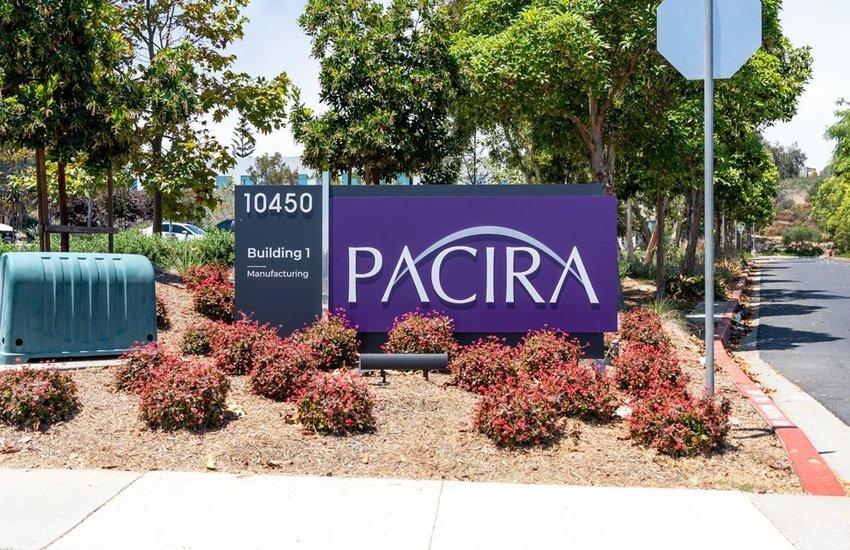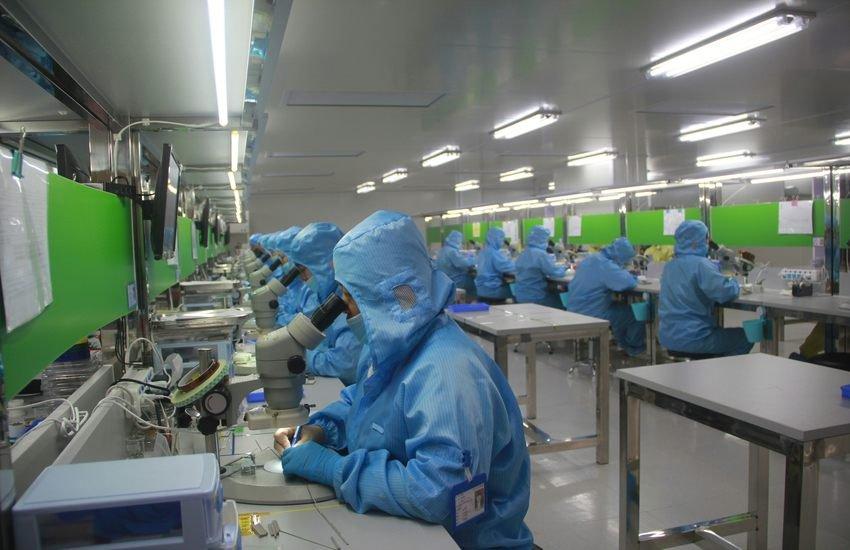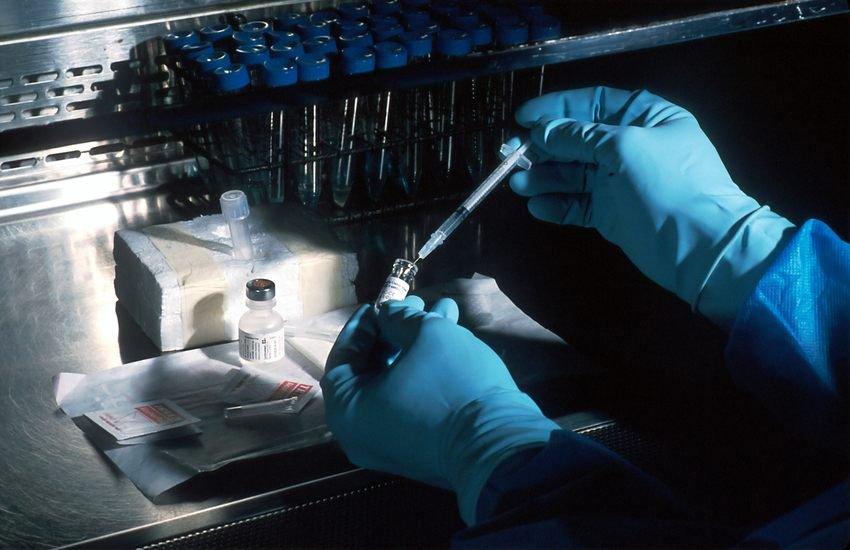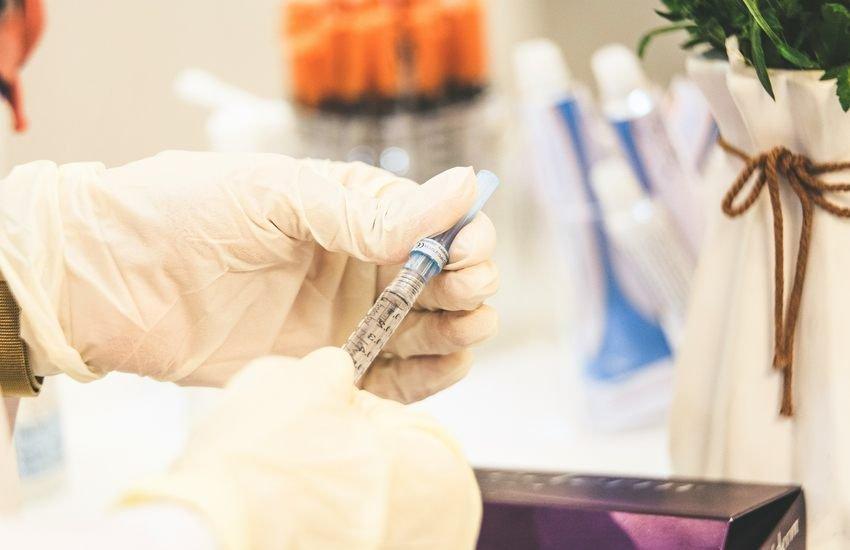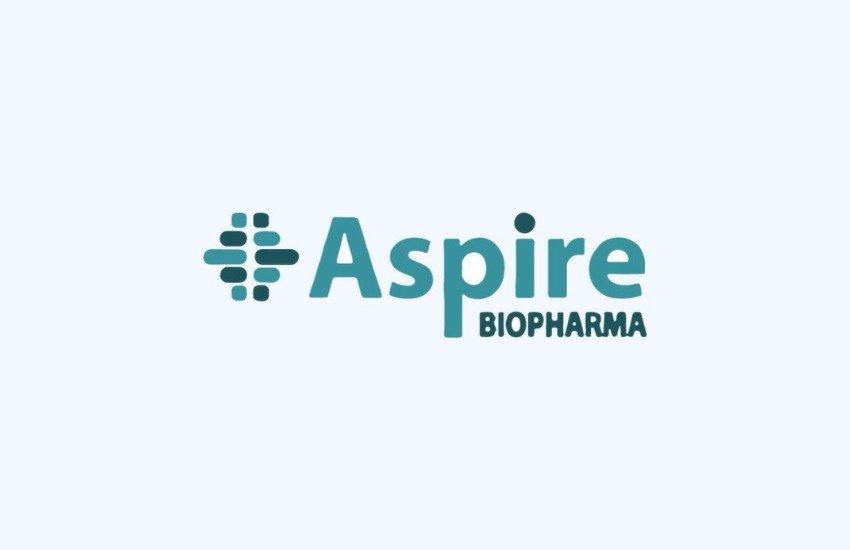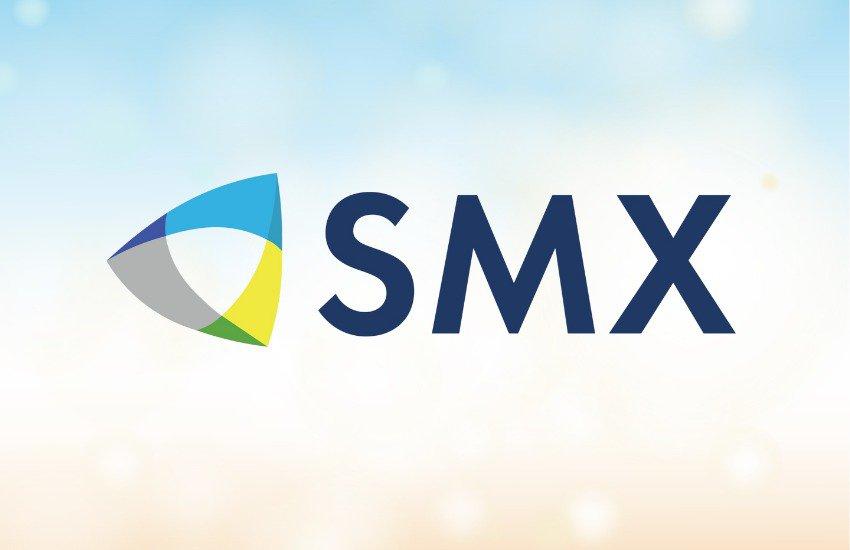The Wuhan coronavirus is a brand new respiratory virus that has emerged in China in a metropolis by the identical title. With the outbreak having started in December via the seafood and meat market in Wuhan, central China, the virus has already affected thousands of of individuals and has been attributed to some deaths. The most concerning feature of the virus is its contagious nature and the fact that it may transfer from person to person via coughing, kissing, or any type of saliva contact as per knowledge from Chinese officers. It has already spread to different Asian nations and the primary case of the Wuhan coronavirus was lately found within the U.S. – a gentleman from the state of Washington, in his 30s, who contracted the virus in his latest visit to Wuhan.
Interestingly, this is not the first coronavirus to threaten the globe. Two other coronaviruses which have been extremely lethal in the past are the severe acute respiratory syndrome, (commonly known as SARS) and Middle East respiratory syndrome (commonly known as MERS). As of date, the Wuhan coronavirus is not being considered as deadly as SARS or MERS but its fear is already showing an impact on the global markets. Airline stocks such as United Airlines Holdings (NASDAQ:UAL), Delta Air Lines (NYSE:DAL) and American Airlines Group (NASDAQ:AAL) have seen a visible downturn and the same goes for travel companies like Expedia Group (NASDAQ:EXPE) and TripAdvisor (NASDAQ:TRIP), which have a strong dependence on Chinese tourists for their revenues. This reminds us of the time in 2003 when SARS first erupted, causing hundreds of deaths and causing global markets to plummet.
However, the only visible silver lining of the Wuhan virus from the point of view of the markets is that it will drive a strong positive sentiment of investors towards biotech companies, particularly those players engaged in anti-viral drug development. Given this scenario, the following four companies could prove to be major contributors to keep the Wuhan virus from reaching epidemic status:
NanoViricides, Inc. (NYSEMKT:NNVC) is a development stage biotech company but there is a reason for the same. The company previously developed a promising vaccine candidate for MERS and could apply those techniques to a Wuhan vaccine candidate. NanoViricides is named after its proprietary nanomedicine technology which involves the use of medical agents designed to compel a virus into attaching to an antiviral nanomachine in order to neutralize and destroy the same and prevent it from attaching itself to other cells in the body. This technology is being used to focus on a number of viral diseases such as shingles, herpes, seasonal and potentially-epidemic influenzas and bird flu, HIV/AIDS, cold sores, viral eye diseases, and dengue viruses at the company’s best-in-class cGMP manufacturing facility. The company’s core drug candidate is NV-HHV-101, a skin cream for topical treatment of shingles rash caused by Varicella Zoster Virus (VZV) and it was recently in the news for its GLP studies carried out on minipigs. As a next step, the management, led by CEO Dr. Anil Diwan, is advancing the NV-HHV-101 towards the Safety Pharmacology studies involving the central nervous system, respiratory, and cardiovascular systems for the purpose of the IND application and human clinical trials. It is worth noting that NanoViricides has already achieved success in the trials conducted using human skin patches cultured in petri dishes instead of live humans viz. on an ex-vivo basis. This implies a very high probability of the drug sailing through the IND application as well as through human trials. The management intends to start licensing the drug after Phase I and generating revenues which will again be comfortable for the management as most pharma giants would be interested in catering to a multi-billion-dollar shingles market. Overall, the company has a very strong upside potential despite tripling in value and it could generate strong capital appreciation for investors at current levels.
Gilead Sciences, Inc. (NASDAQ:GILD) is one of the safest and strongest biotech firms in the world that derives the largest chunk of its revenues from the anti-viral space. This is an example of a far more mature pharmaceutical company as compared to smaller biotech plays and its market positioning is such that it is not affected by economic cycles. This is quite evident from the stock price trajectory over the past 10-year period which has been unaffected by economic downturns. It has a vast number of brands catering the HIV and many other viruses. Some of its key brand names include Biktarvy, Descovy, Odefsey, Genvoya, Stribild, Complera/Eviplera, Atripla, Truvada, Ranexa, Cayston, Emtriva, Hepsera, Sovaldi, Tybost, and many more. Headquartered in Foster City, California, it is one of the biggest names in the anti-viral medication space and operates on a huge net margin of 12.04% resulting in a return on equity of 12.34%. The company is known to be a yield play with a yield-on-cost as high as 4%. Its current valuation at 30.35 times earnings is not very pricey and it looks like an excellent pick at current levels.
AbbVie Inc. (NYSE:ABBV) is another solid large cap within the anti-viral biotech space that could be a good investment proposition. The company’s latest quarterly results have come in much better than expected as revenues rose almost 3% on a year-on-year basis and the EPS surpassing analyst expectations. AbbVie has been in the news for its acquisition of Allergan (NASDAQ:ALGN), another anti-viral giant within the dermatology space. There have been investor concerns associated with the company’s core drug, Humira seeing its patent expire in 2023 but the acquisition has certainly uplifted investor sentiment. AbbVie has a wide range of products apart from Humira which cater to HIV, HCV, and respiratory viral infections in adults as well as children. It is actually a very pertinent investment given the backdrop of the Wuhan virus and also given the fact that its revenues have grown at a CAGR of 14.9% over the past three years with a 9.9% net margin. The Illinois-based company is a fundamentally solid bet from a long-term perspective.
Merck & Co., Inc. (NYSE:MRK), another healthcare giant, is the next on our list. While the company caters to a wide variety of non-viral ailments such as diabetes, fungal infections, insomnia, cholesterol-related disorders, anti-bacterials, oncology, inflammatory products, and even contraception, a large chunk of the company’s revenues come from anti-viral solutions, the largest ones being the HIV-1 infection and HPV. It offers vaccines for measles, mumps, rubella, varicella, shingles, rotavirus gastroenteritis, and pneumococcal diseases and also provides antibiotic and anti-inflammatory drugs to treat infectious and respiratory diseases which is one reason why it could benefit heavily from the Wuhan virus situation. It is worth noting that Merck is one of the oldest pharmaceutical companies in the world and was founded as early as 1897. It is known to have one of the highest margins in the pharma and biotech space and has a net margin of 20.26% resulting in a return on equity of 32.99%. Its earnings per share have been growing at an annualized rate of 14.1% over the past 3 years indicating a very impressive margin expansion track record. Like Gilead, Merch is also a decent yield play with its 5-year average yield-on-cost at close to 3%. Given the increasing demand for anti-viral medication for respiratory issues, this New Jersey-based giant’s upward trajectory should continue in the near future.
Disclaimer
SmallCapsDaily has not been compensated for this safety. This article shouldn’t be thought of, or used as, a funding recommendation or funding advise. For additional information please study our full disclaimer.





